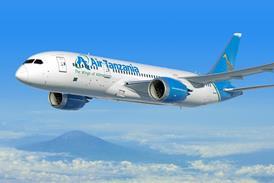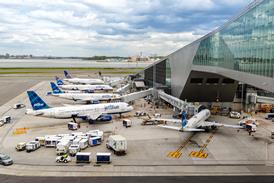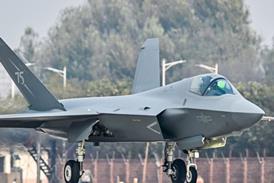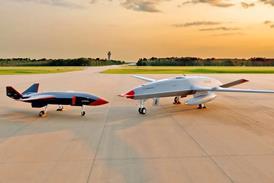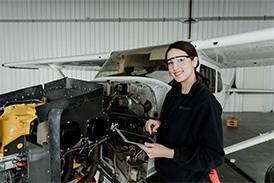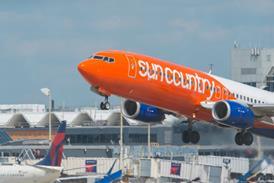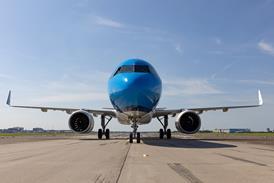Creation of the UK Airspace Design Service to oversee modernisation of the country’s airspace structure is a consequence of the increasing weakness of the model currently used to drive such changes.
UKADS has emerged from a consultation initiated in October last year. The consultation proposed that the entity would “act as a single guiding mind” for UK airspace design, said UK aviation minister Mike Kane.
Such an evolution is necessary, argues the Civil Aviation Authority. It says UK airspace design involves multiple organisations individually sponsoring and funding airspace change proposals, with designs which often overlap and are interdependent.
“Despite a collective will to deliver, using this model to deliver airspace modernisation appears increasingly unworkable,” it states.
This is because co-ordination of the changes brings substantial difficulties, especially for airports in the vicinity of London where the airspace is particularly complex.
The situation is also made difficult by “variable quality” in airspace change submissions, owing to “dispersed and scarce expertise”, the CAA adds, as well as the absence of sponsors for changes to accommodate new technology – such as eVTOLs or space launches.
The consultation centred on replacing the design model with UKADS, which will be set up this year and run by air navigation service NATS En Route.

“We are not planning to fundamentally change who manages the airspace or initiates airspace changes,” says the CAA. “That will, for the most part, remain with airports and air navigation service providers, who know their local stakeholders’ interests best.”
But UKADS will take on “most aspects” of the airspace change proposal, it states, other than the safety case and implementation.
The new organisation will help generate confidence in the delivery “at scale and at pace” airspace changes intended to create increased flight efficiency, reducing delays, noise and emissions, it adds.
UKADS will initially prioritise London terminal airspace which, says the CAA, requires modernisation regardless of whether a third runway at London Heathrow is implemented – although UKADS could ensure that a third runway is integrated effectively with other airspace changes.
Kane says NATS En Route’s work on UKADS will be funded through a new airspace design charge, which will operate in a similar manner to en route air traffic management fees.
The charge will support an airspace design support fund.
“Eligible airport sponsors of airspace modernisation in other parts of the UK – outside the initial scope of UKADS – can claim back relevant costs from the fund,” says Kane.
UK airspace design has remained largely unchanged since its establishment in the 1950s and 1960s, says the CAA, despite the number of annual flights approaching 3 million.
The route network is structured around ground-based navigation aids, resulting in multiple routes converging. Prevention of constraints depends heavily on air traffic control vectoring to less-efficient flightpaths – with the knock-on impact of radio congestion.
By 2040, says the UK airspace masterplan of March 2022, the traffic level could reach 3.3 million flights per year with one in eight disrupted flights experiencing delays of more than 1h.
But modernisation can alleviate the constraints with such concepts as free-route airspace, which formed a crucial part of a modernisation of airspace above 7,000ft in the southwest UK during March 2023.

